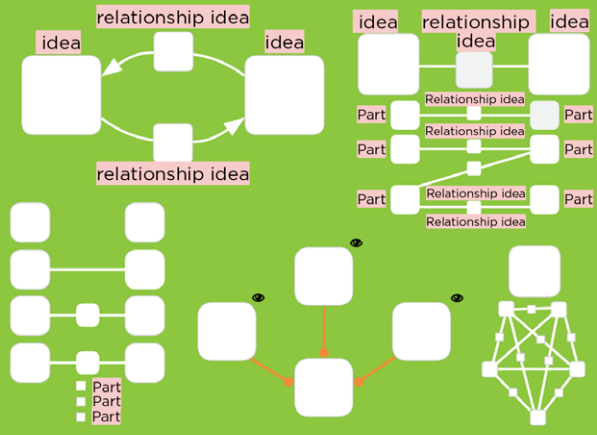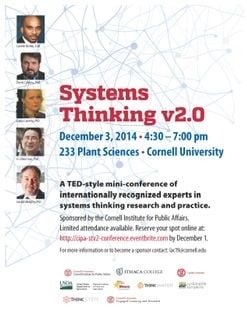Slider: Distinguishing Feelings and Thinkings
 Elena Cabrera
·
3 minute read
Elena Cabrera
·
3 minute read
It is commonplace to hear the phrase, “I feel” used incorrectly. For example, the statement, “I feel like I deserve to win the trophy,” is an incorrect one. Deserving of a trophy is not a feeling. That is a thought. This might seem like a meaningless semantic decision, but not making the distinction between your feelings and thoughts, can have a subtle but powerful impact on ones everyday life. Conflating feelings and thoughts is something that makes it so that one is not able to deal with their feelings, or their thoughts. By combining the two, both become unusable.

Thoughts are fundamentally variable. They can be debated, played with, molded, right, wrong, and in-between. The structure of expressing a thought is: “I think X …” (where X = ∞). Thoughts do have a reason behind them, and can be followed by a “because.” Thoughts in particular are one of the most incredible tools one can have to interact with. They are the backbone of everything we know.
So let’s move on to separating out the feelings. The most important aspect of a feeling that distinguishes them from a thought is that a feeling just is. Feelings are never wrong. They just exist. They are yours. What is truly essential to a feeling is expression. This can be done simply by saying “I feel Y” (where Y ≈ 12 or so, basic human emotions). There is no need for anything further. However, in Western culture, three things typically happen when a person successfully expresses a feeling.
1. “Hush hush.” This response is what children typically are told.
2. “Not here, not now.” This is the response that one gets when in public or in a situation that society has deemed it would be “inappropriate” to emote.
3. “Why do you feel that way?” This is probably one of the most common responses to a feeling.
These three reactions to the expression of a feeling can have significant effects, not just personally, but in the whole of society. Responses #1 and #2 lead to the repression of the expressed emotion, and to the potential to repress future emotions. Response #3 leads to the feeler shifting out of the emotional state to a thought-based state, which has the by-product of leading right to repression. Asking “why” also implies to the feeler that their feelings needs to have a reason, which is false. Unfortunately, constant repression of emotions has nasty side effects that are illustrated in Figure 2.

Thoughts (mental models) often bring about feelings. And, when thoughts and feelings are conflated, the original thought that brought about the feeling can become entangled, causing one to exacerbate the thought and possibly making one more invested in its veracity and validity. This is why it is so important to distinguish between the feelings and the thinking’s and even to determine the causality: did the feeling lead to the thought or did the thought lead to the feeling? If I think someone is being purposefully mean, then I might feel hurt or even angry. But what if the thought is not true? What does that mean about the feeling that ensued from it? And, if the thought is considered to be causal, then that leads to one thinking subsequently that the feeling was caused by the mean person, when in fact it was caused by the mental model.
In conclusion, the distinction between feelings and thinking, while seemingly innocuous, is essential for metacognition, systems thinking, and one’s personal mastery. It is essential for DIY self-help and DIY-CBM (Cognitive-Behavioral Mastery) Becoming aware of how often others try to merge the two in normal conversation can be fascinating to observe. By being conscious and actively working to keep feelings and thoughts distinct, one can have a better relationship with their emotions, and a healthier society overall.
For a PDF of this article click here.
See the full map for Thinkings & Feelings Slider or take a look below:
Originally published on August 23, 2015
RESOURCES AND FURTHER READING
- Cabrera, D. & Cabrera, L. (2018) Systems Thinking Made Simple: New Hope
for Solving Wicked Problems in a Complex World [2nd edition]. CRL. Ithaca,
NY. - Cabrera, D, (2017). DSRP Cognitive Jigs. Plectica Map. CRL. Ithaca, NY.
- Cabrera, D. & Cabrera, L. (2015) Sliders. CRL. Ithaca, NY
.png?width=150&height=150&name=CRL%20GOAT%20Logo%20(4).png)



